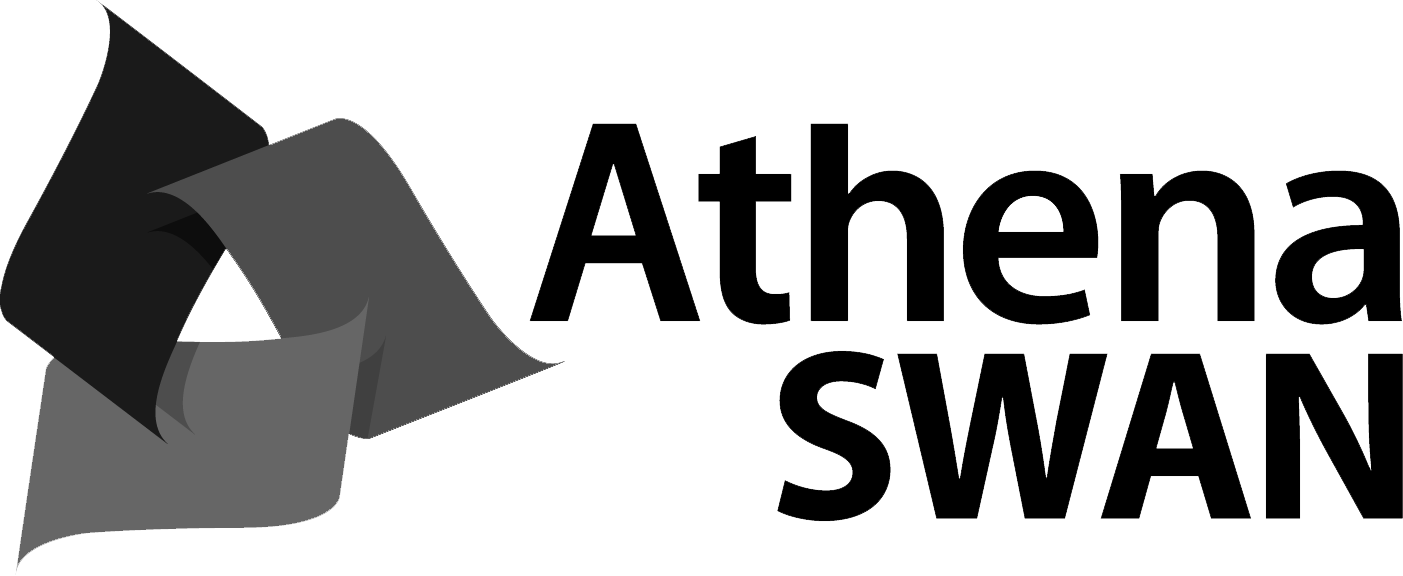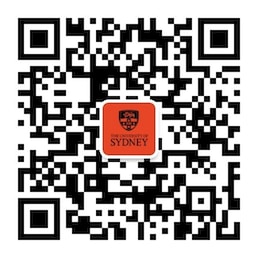BMET5944 equips students with the state-of-the-art knowledge about the design and development of new generations of multifunctional materials by learning from nature. The unit covers: (a) the construction, deformation and failure behaviour of hard and soft natural materials which confer them with outstanding mechanical properties and multi-functionalities such as shape-morphing, self-healing and damage sensing, (b) the fabrication techniques to implement similar principles in engineering materials in order to improve their performance, (c) the theoretical and experimental approaches to study the mechanics of resulting materials, and (d) examples of bioinspired materials in industries, current challenges of the field and future perspectives.
Unit details and rules
| Academic unit | Biomedical Engineering |
|---|---|
| Credit points | 6 |
| Prerequisites
?
|
None |
| Corequisites
?
|
None |
|
Prohibitions
?
|
None |
| Assumed knowledge
?
|
1000-level materials science and mechanics. |
| Available to study abroad and exchange students | Yes |
Teaching staff
| Coordinator | Seyed Mohammad Mirkhalaf Valashani, mohammad.mirkhalaf@sydney.edu.au |
|---|---|
| Lecturer(s) | Seyed Mohammad Mirkhalaf Valashani, mohammad.mirkhalaf@sydney.edu.au |






